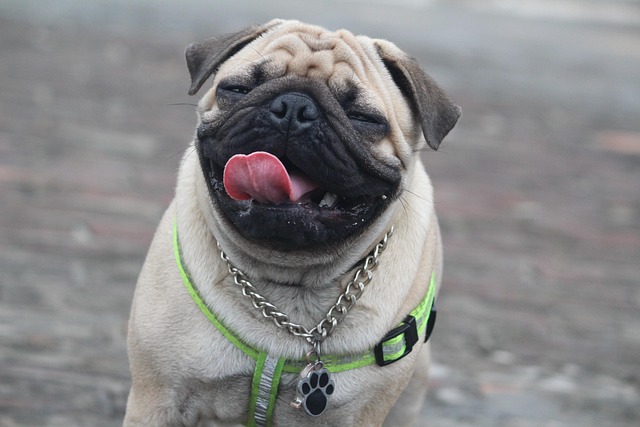
How do i train my dog to be obedient?
Watching your dog dart across the park ignoring your calls isn’t just frustrating—it can put them at risk near busy streets or public spaces.
Potty training a pug is a mix of patience, consistency, and understanding their unique quirks. Unlike some breeds, pugs have a few traits that can stretch out the process—namely their stubborn streak and tiny bladders—but with the right approach, most get the hang of it eventually.
On average, pugs take between 4 to 6 months to become reliably potty trained. Puppies under 3 months old simply can’t hold it for long, so accidents are almost guaranteed. You’ll need to take them out every 1 to 2 hours, especially after meals, naps, or playtime. Setting a schedule helps them learn when to expect bathroom breaks, reducing surprises on your carpet.
Consistency is key with these little dogs. Use the same door every time you take them out, and stick to a cue like “go potty” so they associate the phrase with the task. Pugs thrive on routine, so feeding them at the same times each day makes their bathroom habits more predictable. It’s a small effort that pays off in fewer messes.
Accidents will happen—don’t let them discourage you. Scolding or rubbing their nose in it only confuses them; they won’t connect the punishment to the earlier mistake. Instead, clean the area thoroughly with an enzyme cleaner to eliminate odors—pugs are drawn to familiar scents, and lingering smells can lead to repeat accidents.
 Pugs’ stubbornness means some days will feel like steps backward. A puppy who’s been doing great might suddenly have an accident because they were too busy playing to ask to go out. Stay calm, reinforce the schedule, and they’ll get back on track. Remember, their short legs mean they can’t hold it as long as larger breeds, so cutting them a little slack goes a long way.
Pugs’ stubbornness means some days will feel like steps backward. A puppy who’s been doing great might suddenly have an accident because they were too busy playing to ask to go out. Stay calm, reinforce the schedule, and they’ll get back on track. Remember, their short legs mean they can’t hold it as long as larger breeds, so cutting them a little slack goes a long way.
By 6 months, most pugs can hold it through the night and signal when they need to go—whether by standing at the door, barking softly, or pawing at you. Some take a bit longer, especially if there are frequent changes in their environment, like moving homes or a new family member. These disruptions can reset their progress, but sticking to the routine helps them adjust faster.
Outdoor training aligns with many community guidelines, which often require dogs to relieve themselves in designated areas or on walks. Carrying waste bags and cleaning up after your pug isn’t just polite—it’s the law in most places. It also teaches them that bathroom time happens outside, not in the yard or on neighbor’s lawns.
Crate training can speed things up for some pugs. Most won’t soil their sleeping space, so a properly sized crate (just big enough to stand and turn around) encourages them to hold it until you let them out. Never use the crate as punishment, though—you want them to see it as a safe space, not a place to fear.
Every pug is different. Some catch on quickly, while others need a few extra months. The goal isn’t perfection, but reliability—knowing your pug will ask to go out when needed. Celebrate small wins, like a week without accidents, with extra treats or playtime. These moments build trust, making the training process more enjoyable for both of you.
At the end of the day, potty training is about building a bond. Your pug wants to please you; they just need clear guidance to understand what you’re asking. With time, those frustrating accidents will fade, replaced by the pride of watching your little companion trot to the door, ready to head outside—proof that all that patience was worth it.

Watching your dog dart across the park ignoring your calls isn’t just frustrating—it can put them at risk near busy streets or public spaces.

New puppy owners often find themselves rushing to clean up accidents before they set in, and that’s where puppy pad training becomes a game-changer.

If you've noticed your dog's waistline disappearing and your veterinarian has mentioned those few extra pounds, your first instinct might be to simply reduce the amount of food in their bowl.

Training a dog to use a designated spot indoors isn’t as daunting as many new owners fear, but it does take consistency and an understanding of your pet’s needs.

That moment of dread on a walk is all too familiar for many new dog owners. You see another dog approaching down the sidewalk of your neighborhood

If the sight of another dog on your neighborhood walk makes your heart sink as your own dog erupts into a frenzy of barking and lunging, you're not alone.